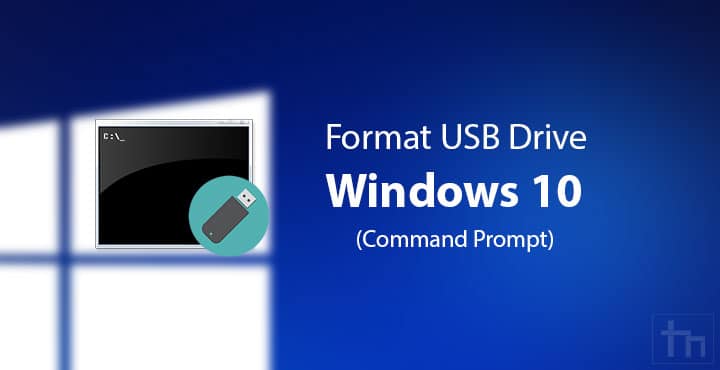
:max_bytes(150000):strip_icc()/ScreenShot2020-07-02at11.00.19PM-d06d8fcd5e8747a7992c60d21ded7151.png)
It’s a silly workaround but works, and I hope that Adobe addresses this eventually. Step 4) You can now move the zipped archive from the USB drive anywhere else and distribute to your Mac users! Step 3) Use a archiving program such as WinRAR (confirmed to work with WinRAR) and zip up the. Step 2) Set up your Flash IDE to publish the Mac projector straight to the USB drive. Step 1) Find a USB drive somewhere that’s formatted to FAT32 (or format one yourself, and always remember to first back up your files from the drive before formatting) app on Windows, so you need to compile straight to a FAT32 formatted drive if you want to maximize Mac usability. I suppose some files aren’t written properly to NTFS due to this folder formatting of the. Well it turns out that this may be due to you using a NTFS file formatted hard drive. Often times this file will load on some Mac computers but not others, or none at all. Those of you who are familiar with compiling Mac projectors on Windows may know that the file appears as a folder instead of an executable. I’m hoping Google indexes this as soon as possible since there seems to be a lack of information on this issue…

For my first technical post I’d like to offer a workaround to a common problem that I’ve found when publishing Mac Projectors (.app format) on Windows in Adobe Flash CS3 all the way up to CS5.5 (possibly CS6 as well).


 0 kommentar(er)
0 kommentar(er)
